Germany, Finland and Japan are pioneers in choosing to educate young children to change living habits towards sustainability.
Sustainability is a life skill
Green living, also known as sustainable living, aims at a balance between modern life and the conservation and protection of natural resources, habitats and biodiversity of the Earth. According to the European education platform, sustainable living education plays an important role in raising social awareness, transforming models and promoting green lifestyles.
In Finland, education for sustainable development (ESD) is not an add-on, but a central pillar of the curriculum from kindergarten to university. Preschool children are introduced to the concepts of recycling, energy saving and environmental protection through games, extracurricular activities and classroom practice.
A typical example is the “Palloässät” (Smart Ball) project, which helps children approach the 17 Sustainable Development Goals (SDGs) through creative forms such as storytelling, interactive videos , and small climate committees in the classroom. In primary school, students continue to participate in recycling projects, painting with waste, and monitoring water usage at home, thereby fostering a sense of responsibility for the environment in their daily lives.
Outdoor education is a popular method in Finland. Children learn in the middle of nature, where forests, streams and fresh air become open classrooms. This space helps children develop physically, connect emotionally with nature and gain a better understanding of the relationship between humans and the environment.
Not stopping there, vocational schools and universities in Finland also actively integrate sustainable education into their training programs. Many students participate in real-life projects related to renewable energy, waste recycling or green urban design. The above knowledge not only has environmental education significance, but also helps students approach modern working models.
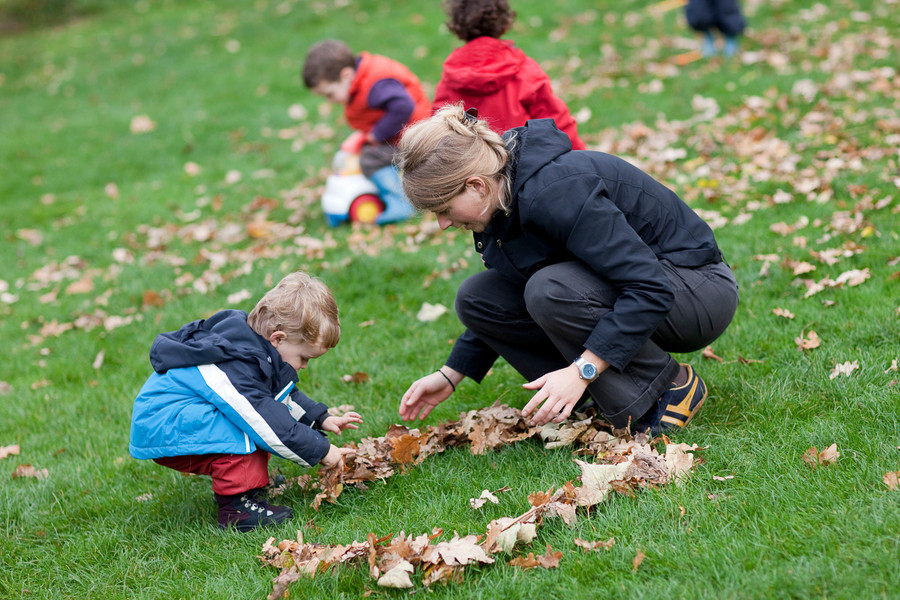
From forests to ecological awareness
Germany is the birthplace of the “Waldkindergarten”, also known internationally as forest kindergartens, where children learn entirely in a natural environment. Instead of blackboards and plastic chairs, classrooms are forests. Children learn to use branches as pens, leaves as toys, and rocks as learning materials.
This method not only helps children develop motor skills and independence, but also inspires a deep and natural love for nature. The German model is widely replicated around the world because of its practicality in the context of increasingly shrinking natural environments, replaced by bustling urban systems.
At the next levels of education, Duc focuses on integrating green living content into subjects such as Math, Science, and Language. Through the MINT program (equivalent to STEM), students are exposed to environmental issues from a scientific and practical perspective.
Educational organizations in Germany such as Deutsche Telekom Stiftung also sponsor reading and storytelling programs about environmental protection for primary school students, making the content more accessible and easier to absorb.
In addition, the German Government has funded the implementation of the HOCH-N project to build a sustainable education network between universities and vocational training institutions. The project encourages institutions to integrate environmental factors into teaching, research and operational management. This is a step that demonstrates a long-term commitment to turning education into a driving force to change the consumer culture of the whole society.
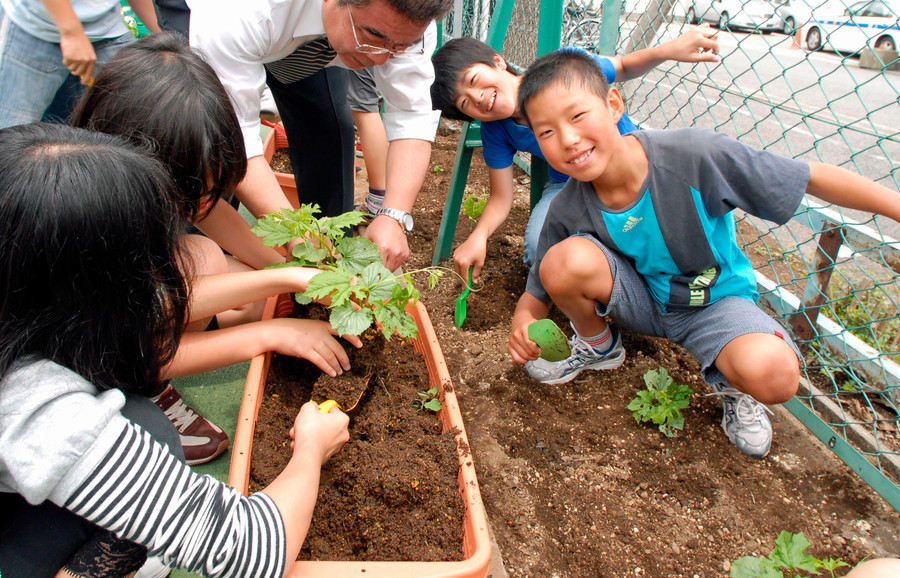
Every student is a green agent
In Japan, “nature schools” have flourished since the 1990s. Children experience learning in farms, forests, and eco-zones.
However, unlike Germany where students study in the forest, in Japan, students “bring nature into school”. They plant trees and take care of vegetable gardens at school; thereby building a close connection with nature, understanding the value of labor and the environment.
Not only stopping at experience, Japan also includes green living education in the national curriculum. In many high schools, students carry out community environmental projects such as campaigns to reduce plastic, save electricity in schools or promote garbage classification. Each individual is an agent to help the city in general and the neighborhoods in particular stay clean.
A major milestone in Japan’s sustainability education program is its sponsorship of the UNESCO-Japan Prize on Education for Sustainable Development, which honors global sustainability education initiatives.
This reflects the Japanese government's vision: to see education not just as a means of imparting knowledge, but as a way to nurture citizens who are responsible for the future of the planet.
What Germany, Finland and Japan have in common is that they put children at the center of change. These countries don’t wait until they are adults to teach green principles. They instill habits while children are still playing and exploring the world through their innocent eyes.
Finland
- Integrating education on sustainable development (ESD) into the national general education curriculum: 2014.
- Schools in the UNESCO ASPlanet network (a global network committed to promoting UNESCO's goals, including sustainable development): 120 schools.
Virtue
- The “HOCH-N” project in the 2016 - 2020 period attracted 125 universities.
- Integrating education on sustainable development (ESD) into the national general education curriculum: 2015.
- Schools in the UNESCO ASPlanet network (a global network committed to promoting UNESCO's sustainable development goals): 260 schools.
Japan
- Integrating education on sustainable development (ESD) into the national general education curriculum: 2016.
- Schools in the UNESCO ASPlanet network (a global network committed to promoting UNESCO's sustainable development goals): About 1.1 thousand schools, the highest in the world.
Source: https://giaoducthoidai.vn/geo-mam-tu-tuoi-tho-post741296.html





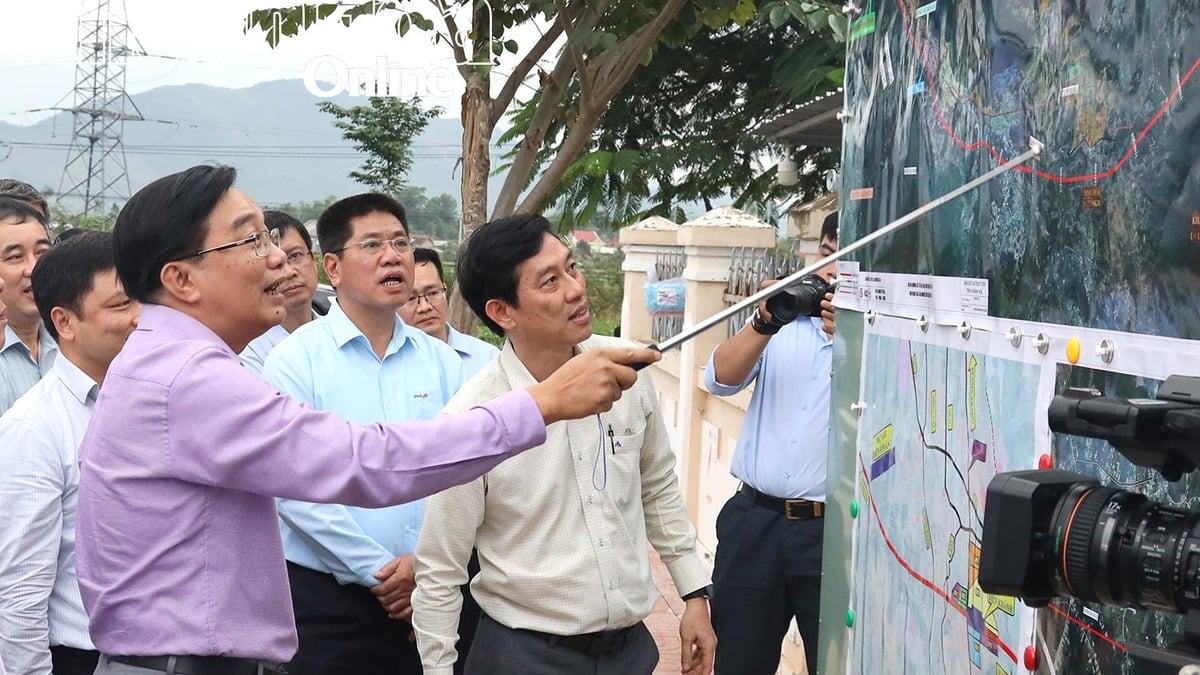

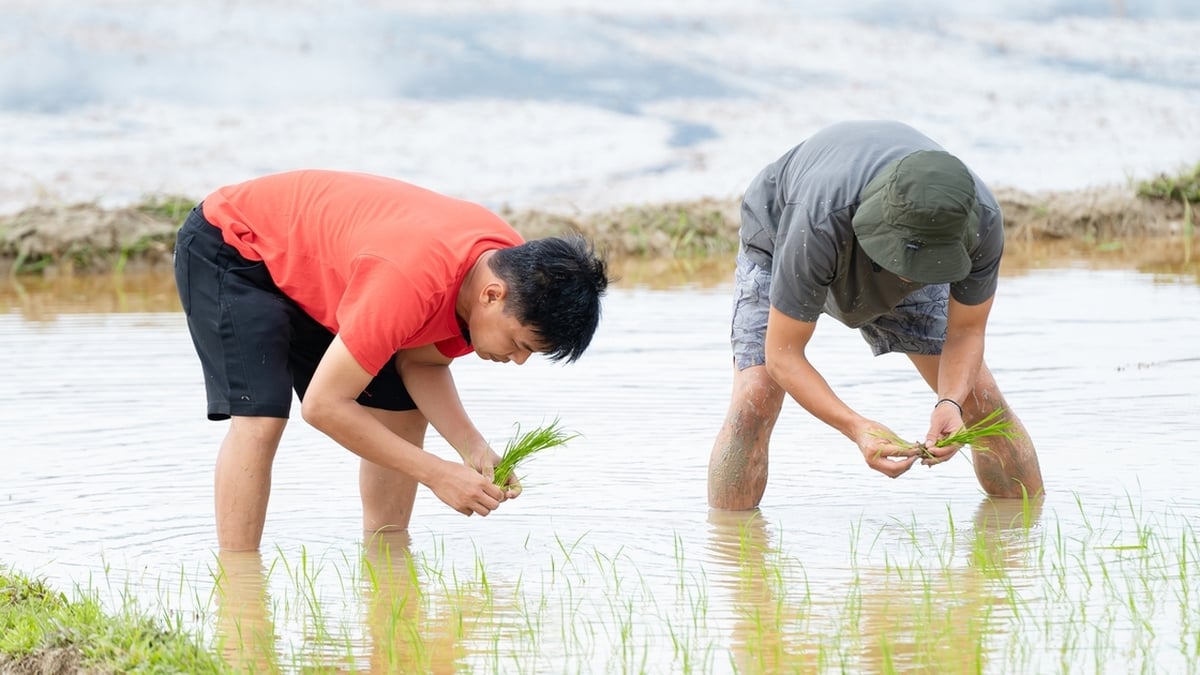

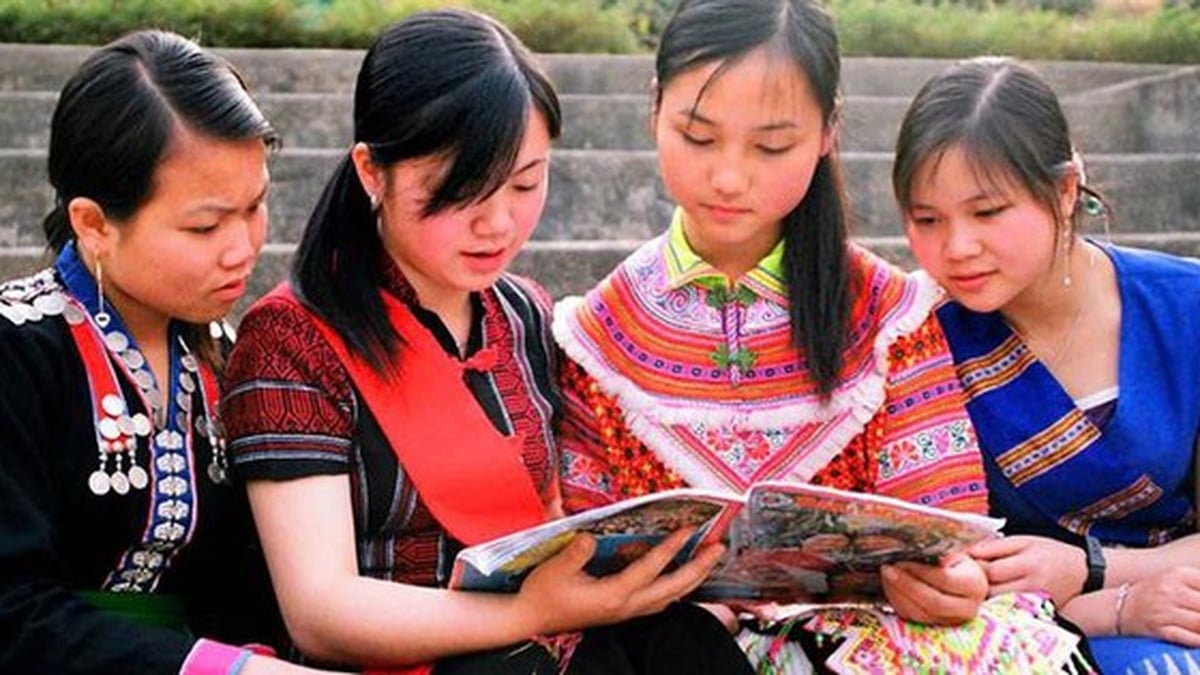



















![[Photo] National Assembly Chairman attends the seminar "Building and operating an international financial center and recommendations for Vietnam"](https://vphoto.vietnam.vn/thumb/1200x675/vietnam/resource/IMAGE/2025/7/28/76393436936e457db31ec84433289f72)



































































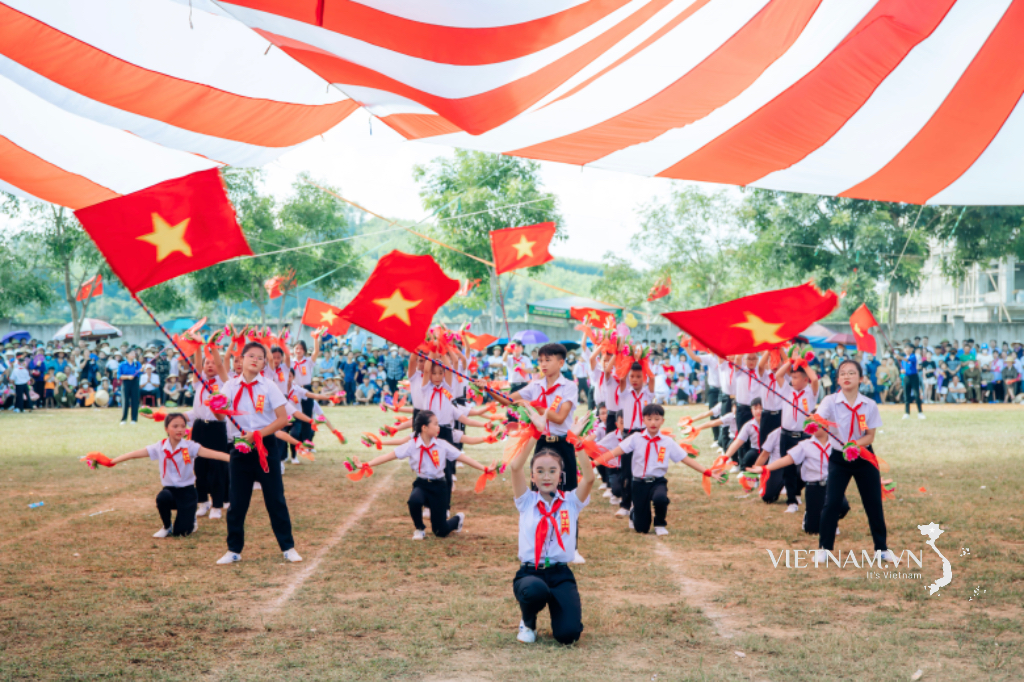
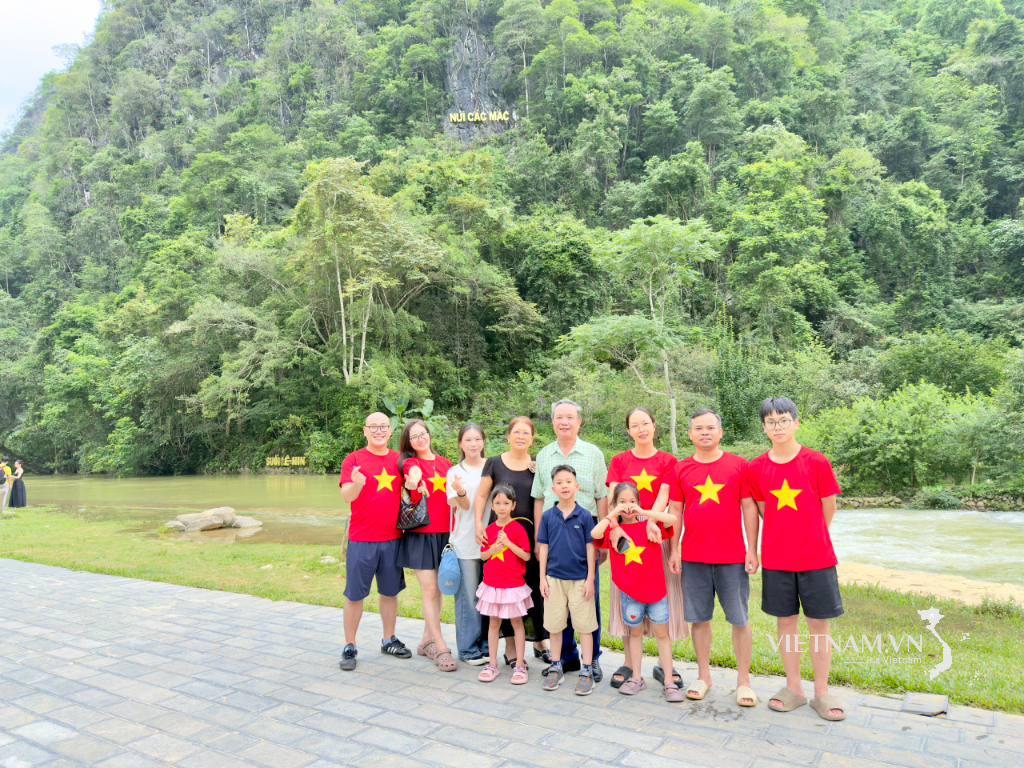


Comment (0)